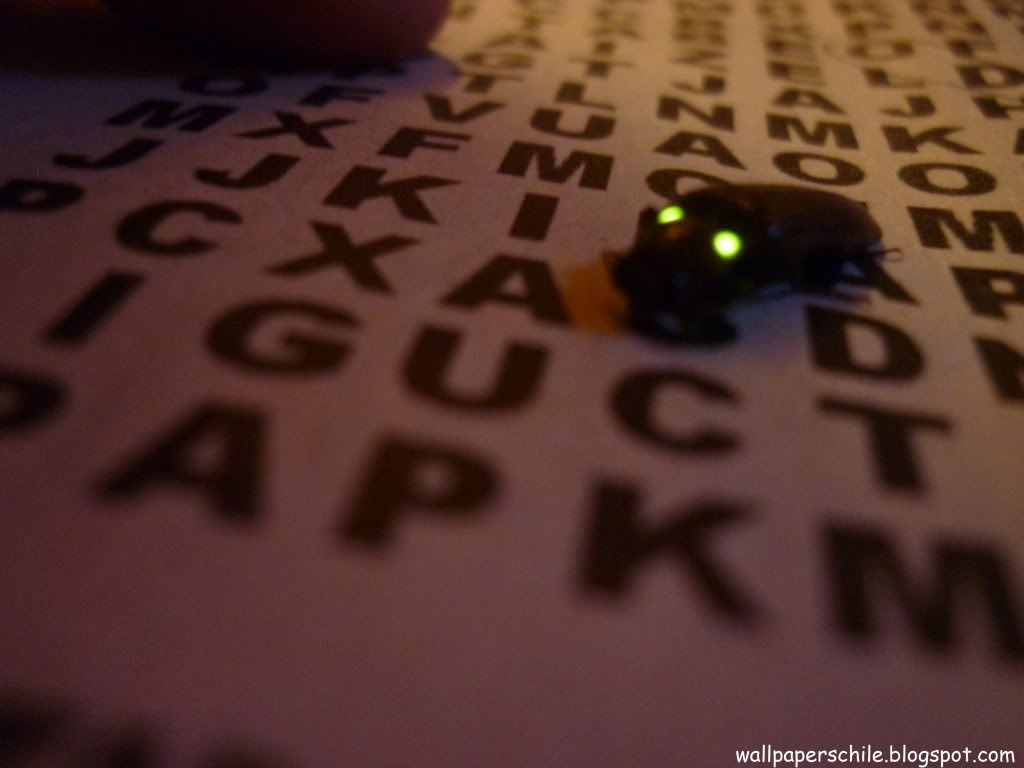Noctis Labyrinthus (☺Laberinto de la Noche ☻Labyrinth of the Nigh)
☺ Más de mil quinientas nuevas fotografías del planeta rojo son reveladas por la NASA.
☻ More than fifteen hundred new photographs of the red planet are revealed by NASA.
 ☺Capas en la parte inferior de dos cerros vecinos dentro de la formación del Noctis Labyrinthus (Laberinto de la Noche) en Marte es visible en esta imagen desde el: High Resolution Imaging Science Experiment (HiRISE) de la cámara de la sonda espacial Mars Reconnaissance Orbiter. La vista abarca un área de aproximadamente 1 kilómetro (0.6 millas) de ancho.
☺Capas en la parte inferior de dos cerros vecinos dentro de la formación del Noctis Labyrinthus (Laberinto de la Noche) en Marte es visible en esta imagen desde el: High Resolution Imaging Science Experiment (HiRISE) de la cámara de la sonda espacial Mars Reconnaissance Orbiter. La vista abarca un área de aproximadamente 1 kilómetro (0.6 millas) de ancho.Campos de dunas manta al suelo en la parte superior izquierda de la imagen y una parte de la tierra entre los cerros. Las exposiciones de los materiales brillantes y oscuros son también visibles en la parte de esa área no cubierta por las dunas.
Las observaciones de esta región del Noctis Labyrinthus por el espectrómetro compacto de imágenes de Reconocimiento de Marte (CRISM) en el Mars Reconnaissance Orbiter han mostrado indicios de sulfatos ferrosos y filosilicatos (arcillas) minerales. Las capas expuestas en las observaciones revelaron HiRISE de la zona podrían ser las fuentes de las firmas de minerales visto por CRISM.
Este punto de vista es una parte de una observación de HiRISE adoptadas el 18 de agosto de 2009, a 11,2 grados de latitud sur, 261,8 grados de longitud este. La imagen de marco completo está disponible en http://hirise.lpl.arizona.edu/ESP_014353_1685.
NASA's Jet Propulsion Laboratory, una división del California Institute of Technology, Pasadena, dirige la Mars Reconnaissance Orbiter de la Dirección de Misiones Científicas de la NASA, Washington. Lockheed Martin Space Systems, en Denver, es el contratista principal para el proyecto y construyó la nave. La Universidad de Arizona, Tucson, opera la cámara HiRISE, que fue construido por Ball Aerospace & Technologies, Boulder, Colorado, The Johns Hopkins University Applied Physics Laboratory lideró el esfuerzo para construir el instrumento CRISM CRISM y opera en coordinación con una organización internacional equipo de investigadores de las universidades, el gobierno y el sector privado.
Crédito de la imagen: NASA / JPL-Caltech / University of Arizona
☻Layers in the lower portion of two neighboring buttes within the Noctis Labyrinthus formation on Mars are visible in this image from the High Resolution Imaging Science Experiment (HiRISE) camera on NASA's Mars Reconnaissance Orbiter. The view covers an area about 1 kilometer (0.6 mile) wide.
Dune fields blanket the ground in the upper left of the image and a portion of the ground between the buttes. Exposures of brighter and darker materials are also visible in the portion of that area not covered by the dunes.
Observations of this region of Noctis Labyrinthus by the Compact Reconnaissance Imaging Spectrometer for Mars (CRISM) on the Mars Reconnaissance Orbiter have shown indications of iron-bearing sulfates and phyllosilicate (clay) minerals. The exposed layers revealed in HiRISE observations of the area might be the sources of the mineral signatures seen by CRISM.
This view is a portion of a HiRISE observation taken on Aug. 18, 2009, at 11.2 degrees south latitude, 261.8 degrees east longitude. The full-frame image is available at http://hirise.lpl.arizona.edu/ESP_014353_1685 .
NASA's Jet Propulsion Laboratory, a division of the California Institute of Technology, Pasadena, manages the Mars Reconnaissance Orbiter for the NASA Science Mission Directorate, Washington. Lockheed Martin Space Systems, Denver, is the prime contractor for the project and built the spacecraft. The University of Arizona, Tucson, operates the HiRISE camera, which was built by Ball Aerospace & Technologies Corp., Boulder, Colo. The Johns Hopkins University Applied Physics Laboratory led the effort to build the CRISM instrument and operates CRISM in coordination with an international team of researchers from universities, government and the private sector.
Image Credit: NASA/JPL-Caltech/University of Arizona
Dune fields blanket the ground in the upper left of the image and a portion of the ground between the buttes. Exposures of brighter and darker materials are also visible in the portion of that area not covered by the dunes.
Observations of this region of Noctis Labyrinthus by the Compact Reconnaissance Imaging Spectrometer for Mars (CRISM) on the Mars Reconnaissance Orbiter have shown indications of iron-bearing sulfates and phyllosilicate (clay) minerals. The exposed layers revealed in HiRISE observations of the area might be the sources of the mineral signatures seen by CRISM.
This view is a portion of a HiRISE observation taken on Aug. 18, 2009, at 11.2 degrees south latitude, 261.8 degrees east longitude. The full-frame image is available at http://hirise.lpl.arizona.edu/ESP_014353_1685 .
NASA's Jet Propulsion Laboratory, a division of the California Institute of Technology, Pasadena, manages the Mars Reconnaissance Orbiter for the NASA Science Mission Directorate, Washington. Lockheed Martin Space Systems, Denver, is the prime contractor for the project and built the spacecraft. The University of Arizona, Tucson, operates the HiRISE camera, which was built by Ball Aerospace & Technologies Corp., Boulder, Colo. The Johns Hopkins University Applied Physics Laboratory led the effort to build the CRISM instrument and operates CRISM in coordination with an international team of researchers from universities, government and the private sector.
Image Credit: NASA/JPL-Caltech/University of Arizona



















No hay comentarios:
Publicar un comentario
☻ Thank you very much for coming today!
☺ Gracias por visitarnos!